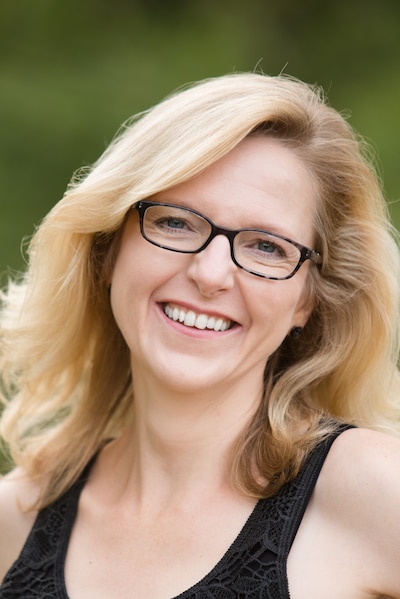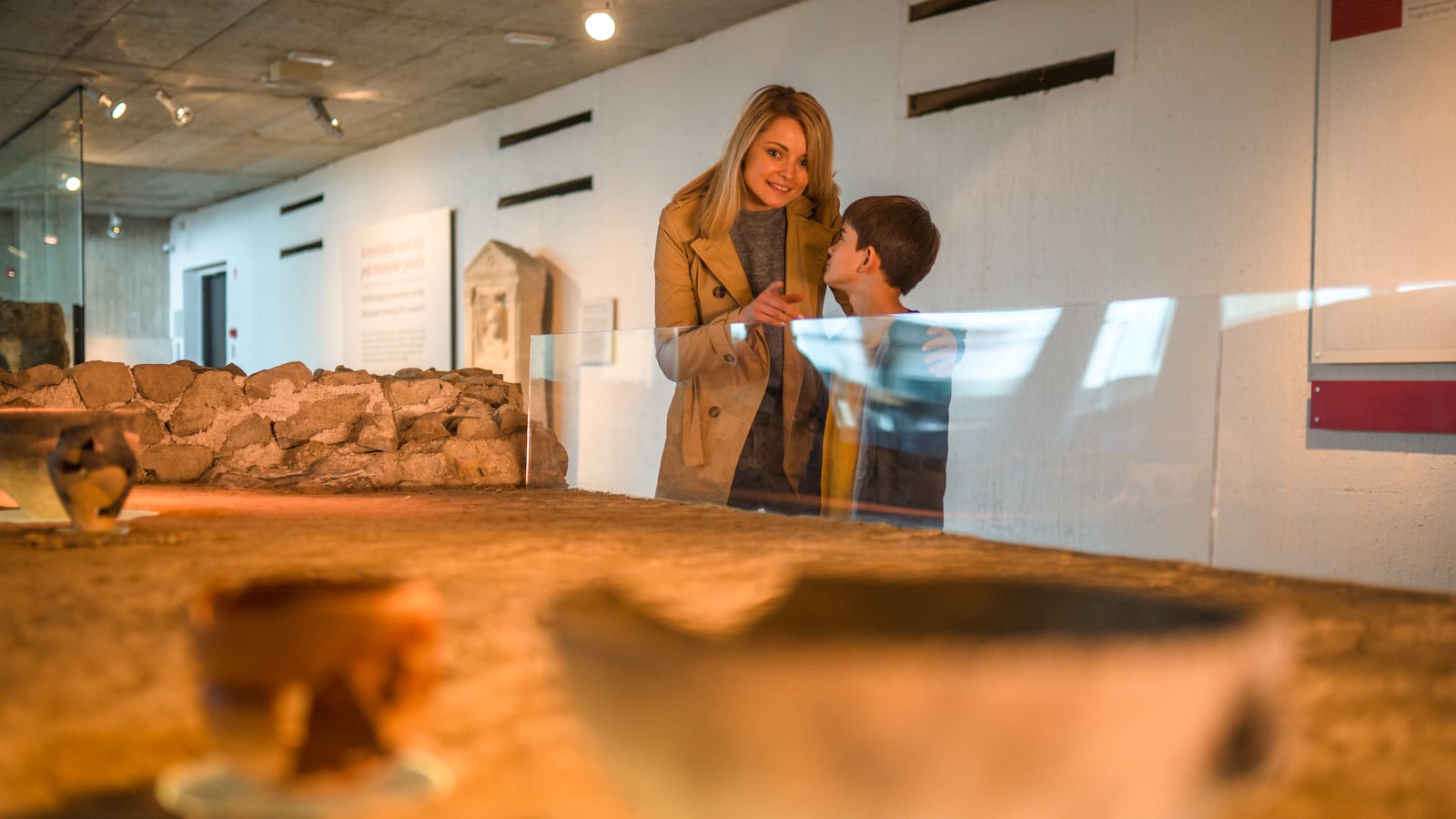Thirteen years ago, my neurodivergent child’s experience with public special education led us to leave it altogether and home-school from grades 6-12.
I created a customized education program for my son, incorporating his ideas and interests. I connected with educators who operated enrichment centers offering homeschool classes in the morning and after-school programs later in the day, as well as community college staff, local museum educators, retired teachers, homeschool groups, and university professors who offered additional opportunities for alternative learning.

We spent Monday mornings at an enrichment center where an MIT professor taught home-schoolers biology and anatomy. Thursday afternoons, we headed to a community gym, where my son studied Latin with a professor of Greek and Roman mythology, played chess, and then joined a group exercise class — all for a small fee. We learned about birds of prey at our local Audubon Society, and we discussed farming history during a visit to a cranberry bog.
It wouldn’t have been possible if I didn’t have a spouse with a full-time job and health care benefits — putting this option out of reach for many, if not most, families. But the types of partnerships I developed could help fill the gap that exists between what schools can reasonably offer and the expansive services children — especially those with disabilities — need to thrive, without asking parents to become full-time, unpaid instructors and curriculum designers.
Developing these partnerships is more pressing than ever.
This past summer, a Pew Research Center report revealed that the number of students in the American special education system has doubled over the past four decades, from about 3.6 million during the 1976-77 school year to approximately 7.3 million during the 2021-22 school year. Schools are struggling to find enough special educators to serve this increasing population, especially amid the rise in mental health challenges among students, including those with disabilities.
We know that a subset of neurodivergent students do better in more flexible educational settings. COVID closures showed us as much. Because while the pandemic was devastating for students with disabilities who needed in-person, tactile assistance, some children, including many on the autism spectrum, thrived outside of traditional school spaces. For these students, virtual learning provided a welcome reprieve from challenging social environments, resulting in improved academic performance and lower stress.
Serving these students post-pandemic means engaging community organizations to create a flexible education ecosystem, powered by traditional instruction in school and subject matter experts outside of it.
The Brookings Institution described a similar arrangement that they call ”Powered-up Schools” in a 2020 report outlining ways that public education could emerge from the pandemic stronger than before. They draw inspiration from the community schools movement, which advocates for public schools that provide wrap-around services to meet the needs of students, families, and neighborhoods.
Meanwhile in the U.K., students in some districts are engaged in what’s called “flexi-schooling.” This system allows a child to be a fully funded public school student while spending part of the week homeschooled and/or attending off-site educational programs.
School systems stateside could offer something similar. We know it’s possible. COVID-19, after all, forced us to get creative in our delivery of educational services. We must carry that forward with strategies that honor students’ individual learning styles, integrate community resources, and optimize teachers’ instructional strengths.
It’s too late for my son’s generation, but we can meet the needs of students with disabilities, including those who are more successful in a hybrid design, by breaking away from models that haven’t served many students well and haven’t changed in decades. We should replace them with more nimble solutions that don’t take years to actualize. In schools, like in workplaces, we learned to pivot quickly when COVID gave us no choice; it’s time to embrace those lessons and build upon them.
Amy Mackin is a Boston-based writer and inclusion advocate who serves as Manager of Communications and Outreach for the Population Studies and Training Center at Brown University. Her work has appeared in The Atlantic, The Washington Post, Assay: A Journal of Nonfiction Studies, The Writer’s Chronicle, Witness, and The Shriver Report, among other places. She has taught in the Osher Lifelong Learning Institute at UMass Boston and mentors community college students in writing.



